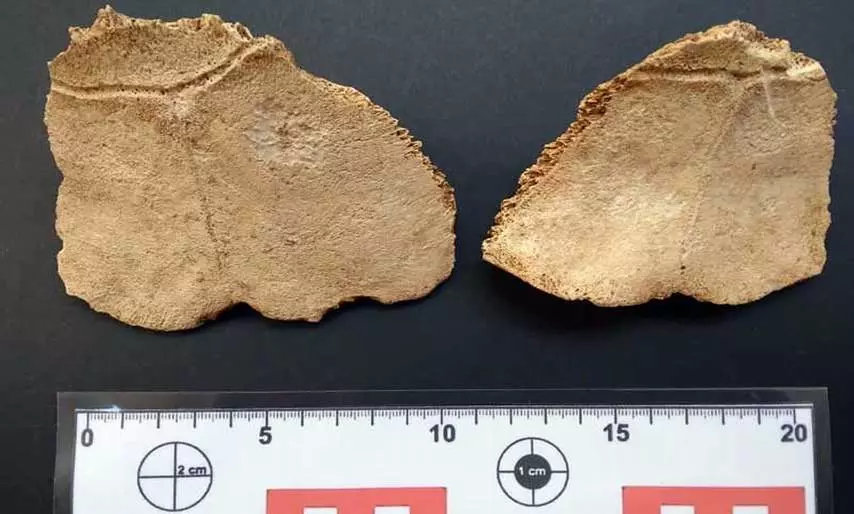
Fossil remains of a prehistoric turtle were discovered in the municipality of Gibara, in the province of Holguín. During diggings carried out by a group of paleontologists, who were looking for evidence of the extinct fauna in this region of the Cuban archipelago, met with the important samples of this giant land turtle.
The finding of this prehistoric turtle occurred in the cave “La Campana”, located one kilometer from the coastal city, to the southwest of the municipality of Gibara, during exploratory excavations carried out by the group called “The Paleontological Explorer”, headed by researchers Luis Mariano Rodriguez, Frank Cuesta Rodriguez and Orlando Sanchez Tamayo.
“Several specimens of this turtle were recovered, both from its carapace (upper part) and from the bib (flat lower part of the carapace), although the absence of the marginal servical plate of the carapace was the diagnostic feature that allowed us to identify this extinct taxon,” said Luis Mariano Rodriguez, paleontologist and member of the Cuban Speleological Society.
Quelonoides cubensis Leidy inhabited Cuba two million years ago.
The prehistoric turtle, also known as the Galapagos turtle, belongs to an extinct species endemic to Cuba, scientifically named Quelonoides Cubensis Leidy, which was a terrestrial tortoise with approximately the same size as the tortoises of the Galapagos Islands, which apparently had the same herbivorous eating habits as the Cuban sloths.
This large chelonian inhabited Cuba during the Pleistocene period, approximately two million years ago, many theories have been raised about the arrival of their ancestors to Cuba, one could be the existence of land bridges, on floating rafts or perhaps swimming between islands, it has been proven in some islands like the Bahamas that their extinction was associated with the arrival of the first humans to these places.
The fact constitutes a contribution to paleontology because it widens the distribution of that species in the Cuban territory, in addition, it enriches the knowledge about the paleofauna that inhabited this area of the eastern region of Cuba; thus, a prehistoric turtle to keep on digging in the past.
By Anay Kamela Cruz Dubrosky – Ahora Translated by Radio Angulo
- Cuban Parliament Analyzes Implementation of Program to Revitalize the Economy - 18 de December de 2025
- Customs officers in Holguin Reinforces Anti-Drug Control Efforts - 18 de December de 2025
- Central Bank of Cuba to Implement Floating Exchange Rate in Foreign Exchange Sales - 18 de December de 2025
